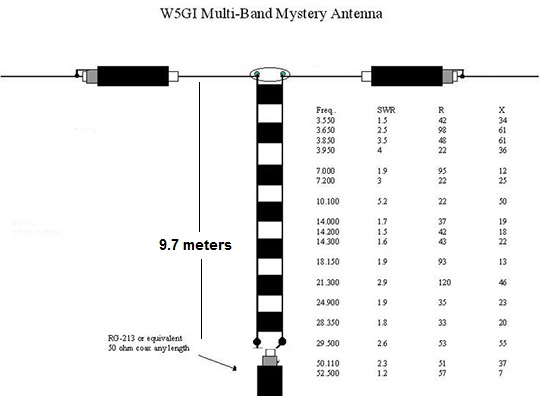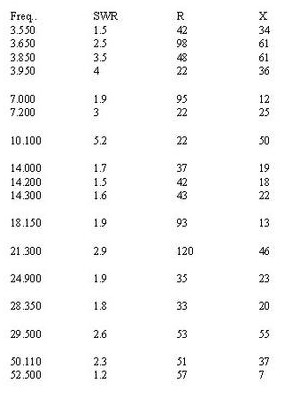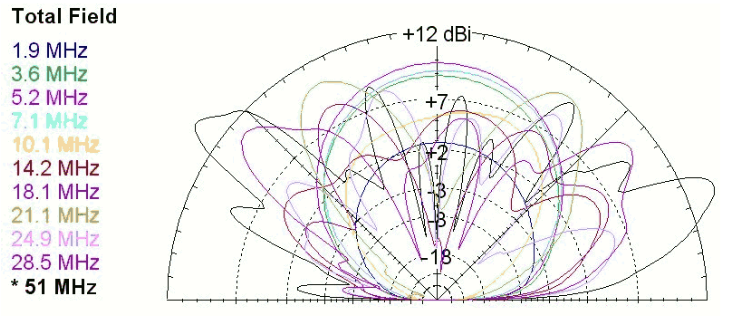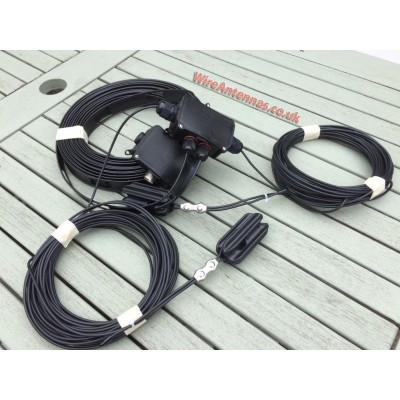HF W5GI Mystery Multi Band Antenna
- Brand: Wire Antennas UK
- Product Code: HF W5GI Mystery Multi Band Antenna
- Availability: 5
-
£65.00
- Ex Tax: £65.00
The design of the Mystery antenna was inspired by an article written by James E. Taylor, W2OZH, in which he described a low profile collinear coaxial array. This antenna covers 80 to 6 meters with low feed point impedance and will work with most radios, with or without an antenna tuner. .Any length of 50-Ohm coax to shack. SO 239.

It is approximately 100 feet long, can handle the legal limit, and is easy and erect. It’s similar to a G5RV but a much better performer especially on 20 meters.
The W5GI Mystery antenna, erected at various heights and configurations, is currently being used by thousands of amateurs throughout the world. The “mystery” part of the antenna comes from the fact that it is difficult, if not impossible, to model and explain why the antenna works as well as it does. The antenna is especially well suited to hams who are unable to erect towers and rotating arrays. All that’s needed is two vertical supports (trees work well) about 130 feet apart to permit installation of wire antennas at about 25 feet above ground.
The W5GI Multi-band Mystery Antenna is a fundamentally a collinear antenna comprising three half waves in-phase on 20 meters with a half-wave 20 meter line transformer. It may sound and look like a G5RV but it is a substantially different antenna on 20 meters. The Mystery antenna presents a six-lobe pattern on 20 meters, gain broadside to the antenna, and also low feed point impedance to simplify matching the antenna to the rig. Additionally, the Mystery antenna is designed to work at least as well, on the other HF bands as a G5RV. In short, the Mystery antenna is a sky wire that incorporates the advantages of a 3 element collinear.An article written by James E. Taylor, COCOA- A Collinear Coaxial Array, published in 73 Amateur Radio, August 1989, describes a low profile collinear coaxial array.
According to Taylor, when you apply a RF voltage to the center conductor at the open end, the stub causes a voltage phase lag of 180 degrees at the adjacent coax shield. This happens because the RF is delayed by one quarter-cycle as it passes from left to right, inside the coax to the shorted (opposite) end. There’s another quarter-cycle delay as the wave passes back from right to left inside the coax and emerges on the shield at the open end. Add up the delays and you get a total time delay of one-half cycle, or 180 degrees. In essence, the coax section serves two purposes: it provides the necessary delay and provides part of the radiating element in a collinear array.






